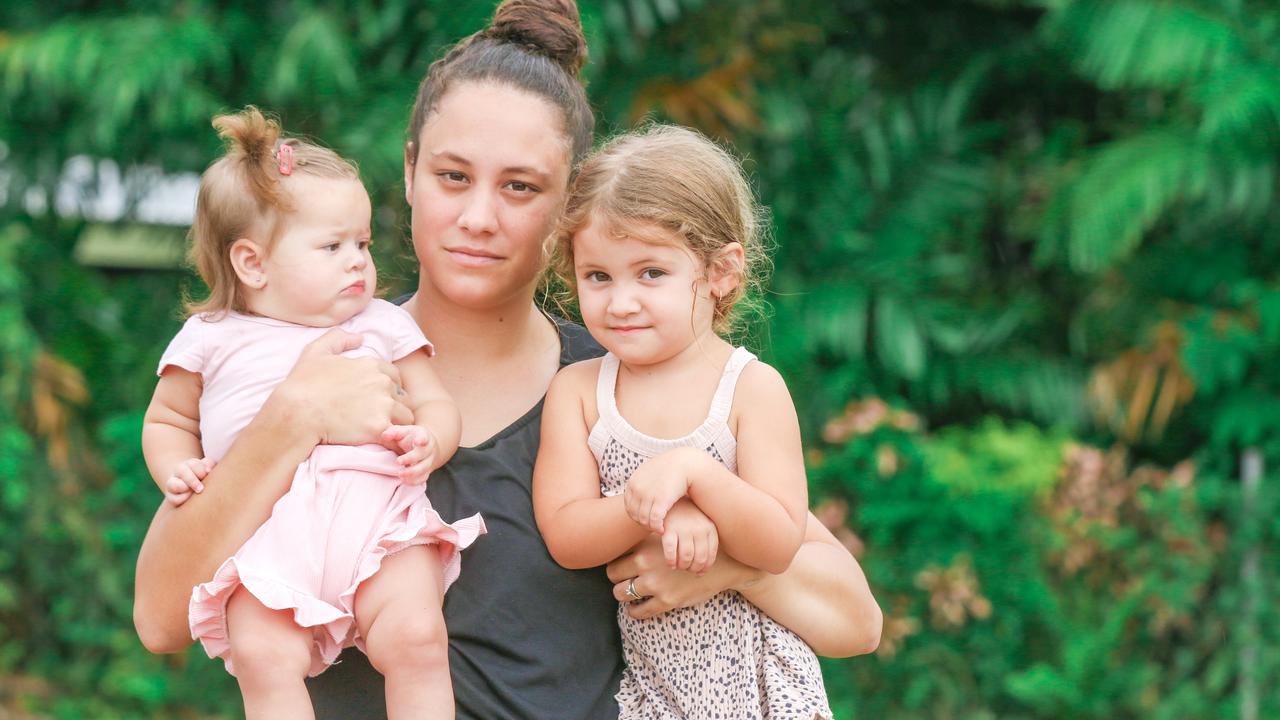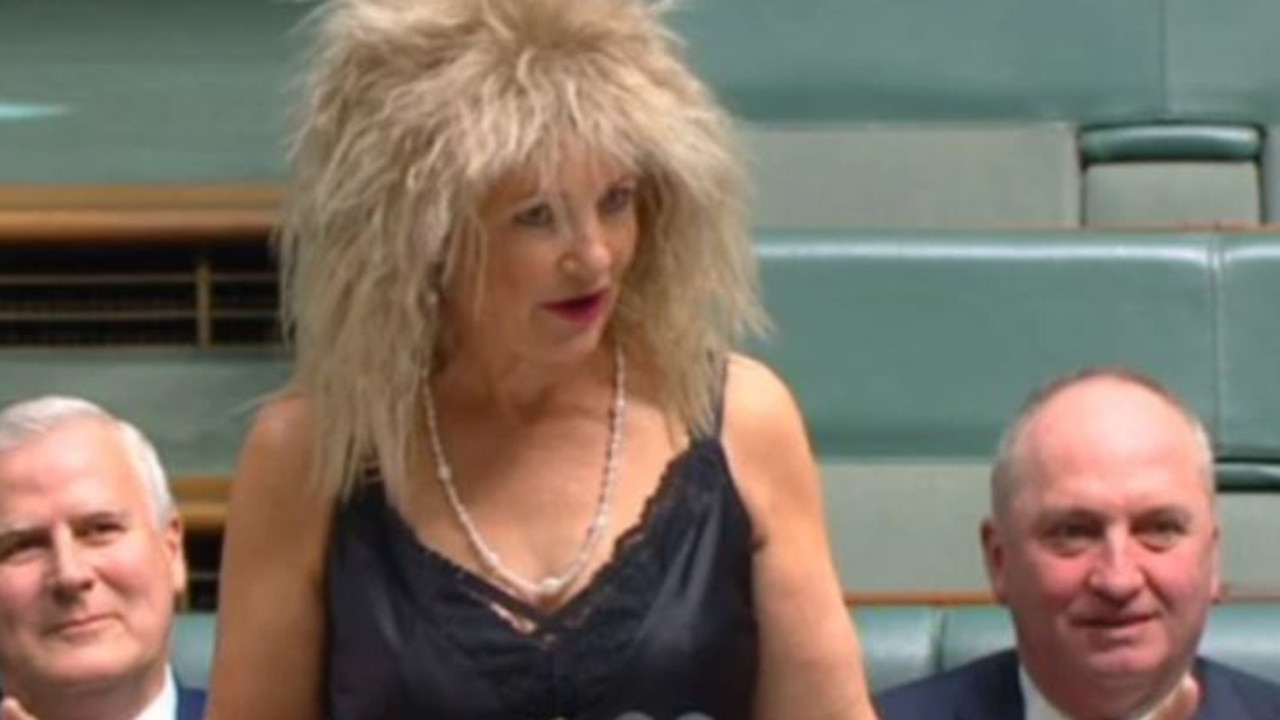Paid parental leave rolled into single 20-week scheme in big win for dads
New parents will be able to access a combined 20 weeks of paid parental leave with dads now entitled significantly more paid time off.
New mums and dads will be able to access a combined 20 weeks of paid parental leave under a major overhaul of the scheme designed to offer greater flexibility for young families.
Under the changes announced as part of Tuesday’s federal budget, dad and partner pay will be integrated with parental leave pay to create one single, shareable scheme that families can access as they see fit.
Meanwhile, single parents will be offered an additional two weeks of paid parental leave, allowing them to access the full 20 weeks.
“Families, not government, are best placed to decide what works for them,” Treasurer Josh Frydenberg said in his budget speech.
“We will expand eligibility and provide working families with full flexibility and greater choice. More families will be able to access 20 weeks of leave and decide how they will share it. For the first time, single parents will now be able to access the full 20 weeks. The 180,000 new parents who access paid parental leave each year will benefit from these changes.”

The changes, which will cost $346.1 million over five years, also mean dads and partners will be able to access the government’s scheme at the same time as any employer-funded leave, in the same way mothers currently can.
Paid parental leave can be taken any time within two years of the birth or adoption of a child.
The government is also raising the household income threshold to $350,000.
“This change will particularly support women who are the primary earner and do not currently have access to employer-funded parental leave,” the government said in a press release.
Minister for Superannuation, Financial Services and the Digital Economy and Minister for Women’s Economic Security Jane Hume said every Australian family was different, so the paid parental leave scheme should reflect this.
“Giving families greater choice and flexibility about managing work and care will boost women’s workforce participation, and enhance their economic security,” she said in a statement.
“Our reforms substantially improve the paid parental leave scheme.”

Meanwhile, childcare subsidy increases brought forward from July 1 to March 7 will leave the average family more than $2200 per year better off.
Last year the government announced it would remove the annual cap on the childcare subsidy, and increase subsidies for second and subsequent children.
“This is improving cost-of-living pressures for around 250,000 families, saving them on average, around $2260 per year, depending on their household income and the number of children in childcare,” budget documents state.
For example, a couple on a combined income of $180,000 with two children under four who both attend daycare four days per week at an hourly rate of $10.80 will receive an increased subsidy of 80 per cent for their second child, compared to 50 per cent under previous settings
The changes will save the family about $130 in out-of-pocket costs for child care per week or about $6500 per year.






